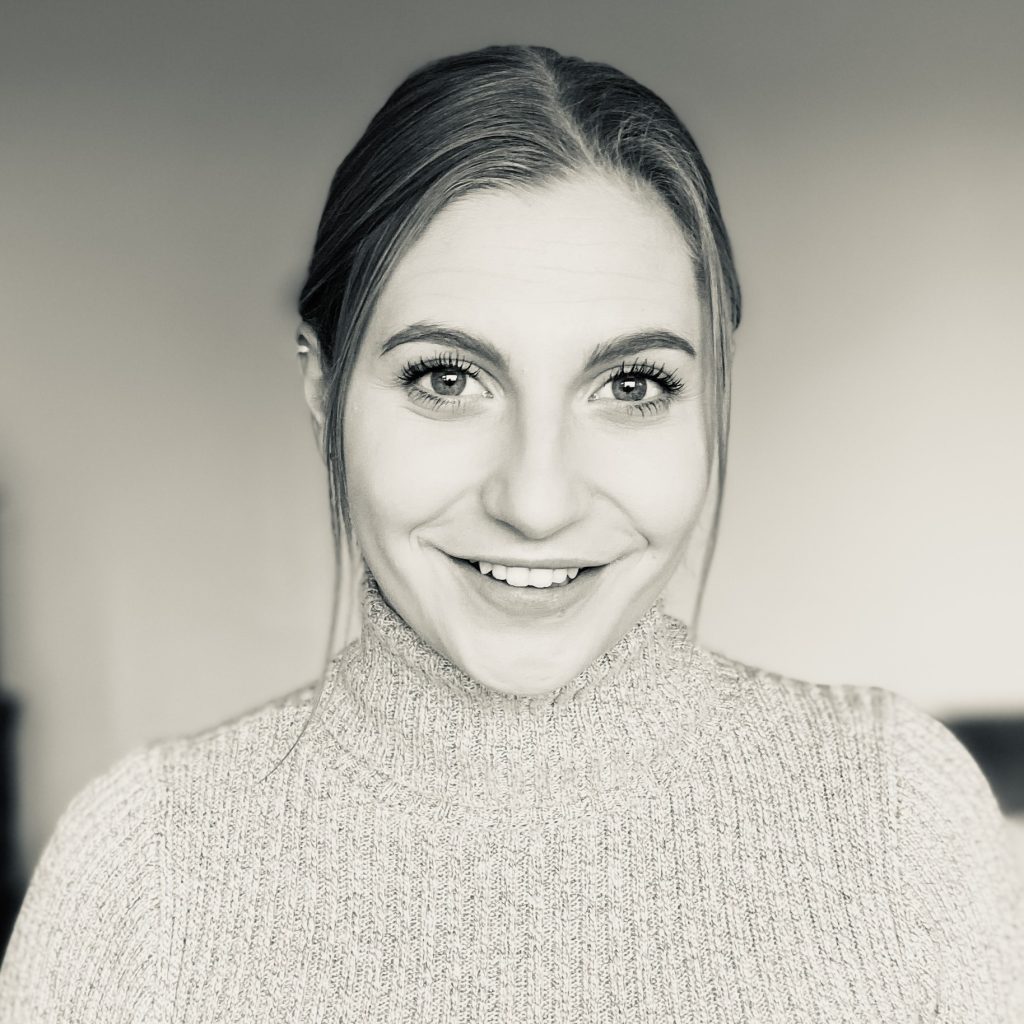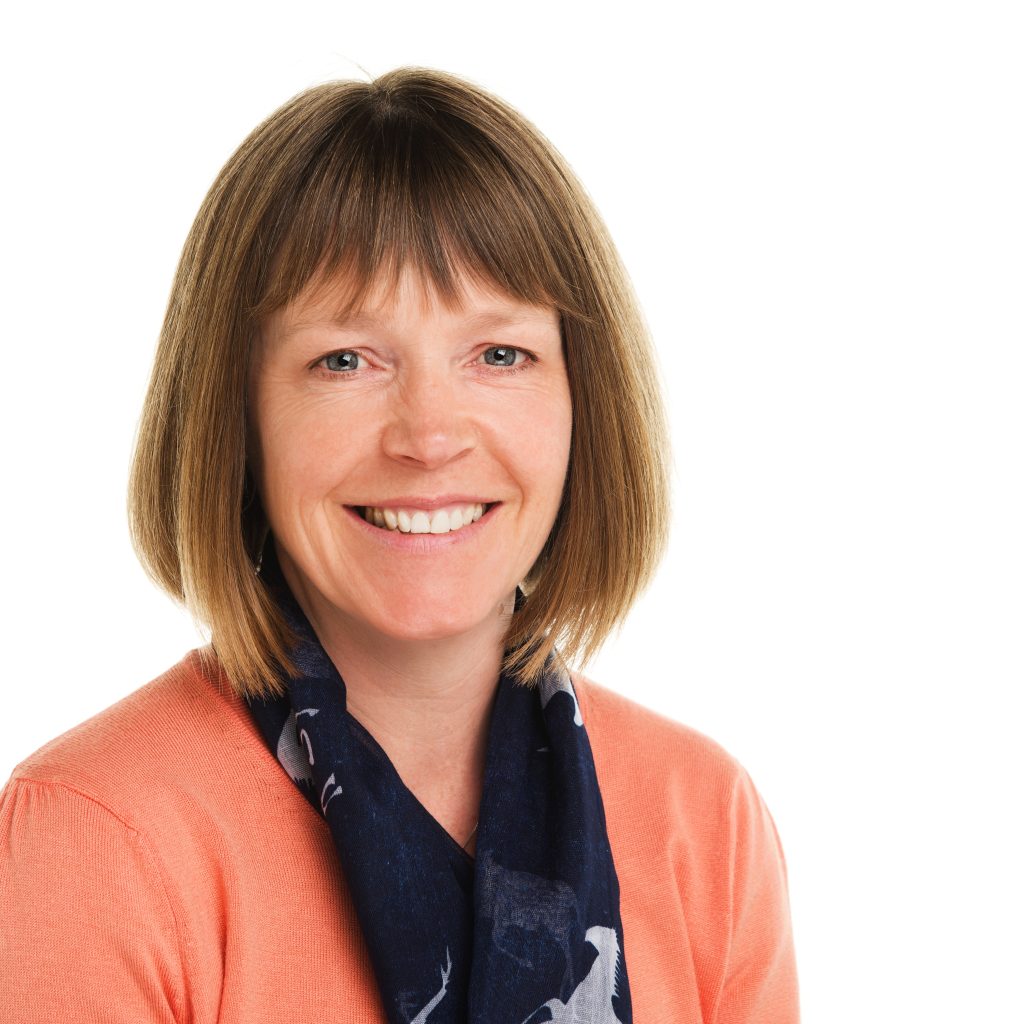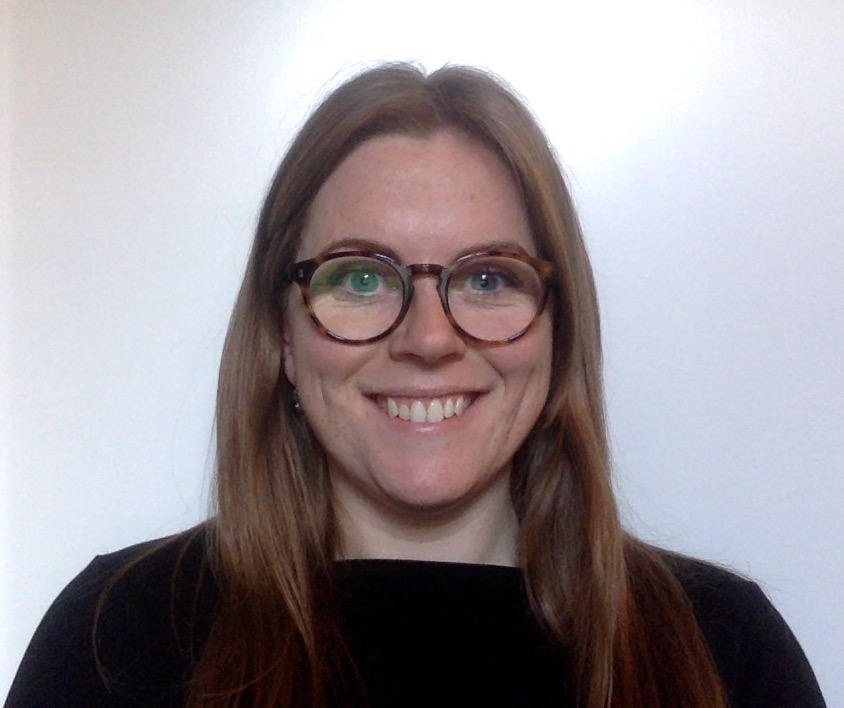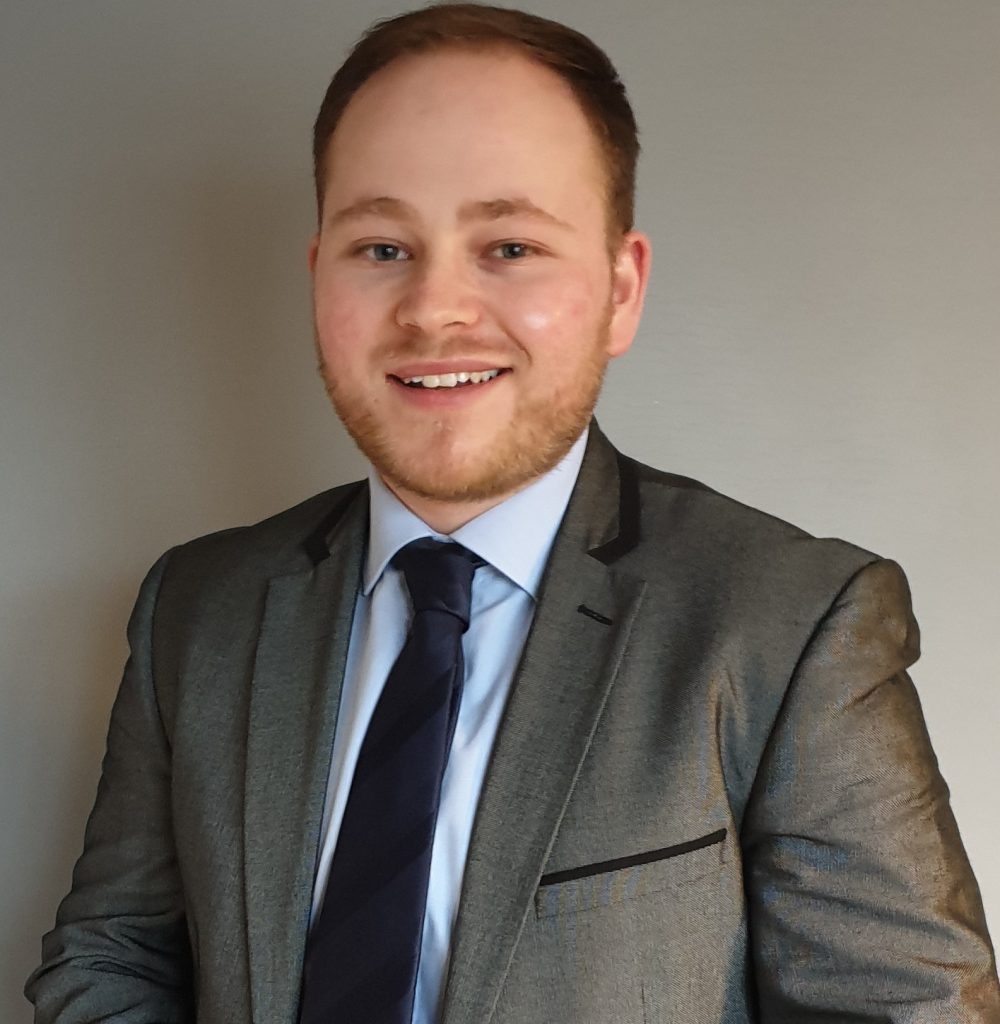The Translation Mentoring Scheme was launched by the ITI French Network in 2020. The scheme focuses on developing translation skills and is aimed at both experienced translators and newcomers to the profession. Mentees work on three translations over a period of six months, which mentors provide feedback and guidance on.
Below a mentor pair shares their experience of the scheme. Read other mentor reports on our blog.
The mentee: Hollie Parsons

I got more out of the mentoring scheme than I had even anticipated. A lot of the time you can question yourself wondering if your work is good enough given that a lot of agencies don’t give feedback at all, so it was invaluable to go through some of my translations with someone a lot more experienced than me, and to realise my strengths and areas I could improve on. Sue had some really great insight and advice on my chosen specialism, and I thoroughly enjoyed our mentor sessions. I now feel more confident in my own ability, and have come away armed with some new translation strategies and a better awareness of my translation decision making process.
Hollie Parsons is a freelance translator working from French and Spanish into English, based in the French Alps, and specialises mainly in her two passions: medical and tourism translations.
The mentor: Sue Anderson

This was my third mentoring experience, after working with two mentees under the German Network’s scheme. Luckily my slightly underused French proved up to the task!
Hollie had already done a super job setting up as a freelance, creating an online presence and gaining her first clients. And her medical knowledge is sound, so in this mentorship she was specifically seeking feedback on style and register for medical texts.
I first proposed a previous translation of mine: a semi-technical website article on the human immune system. It tested Hollie’s research skills – vital in medical translation. But its wordiness and partial opaqueness also tested her powers of analysis and ability to convey key ideas in English. It highlighted the importance of clear, punchy titles and headings that summarise content. The use of warfare imagery presented another creative challenge.
Hollie next suggested a text similar to the jobs she was receiving from an agency. This commentary on a summary of product characteristics was written in fairly formal language for a professional readership. Hollie had done a sterling job; I simply suggested a few stylistic tweaks.
The third text concerned patient information explaining drug interactions. The lay audience needed a different register and appropriate pitching of technical content. We made it more reader-friendly and improved the flow: heavy noun phrases were lightened with verbs, passives changed to actives, singulars to plurals or vice-versa, etc.
Our mentorship process was fairly standard, starting with an exploratory Zoom. After Hollie translated each text we held a lengthier Zoom discussion, then I emailed my own version and/or the marked-up translation to study at her leisure. We paced the assignments to suit ourselves, as Hollie was busy during the ski season, but kept to the six-month timetable.
Some findings:
- Be bold. Depart from the source – within the constraints imposed by client, translation memories, segmentation, etc. Working with agencies doesn’t always allow major editorial changes (paragraphing, layout, etc). But bolder choices can be made later in your career or with other clients.
- Vary punctuation. FR and EN differ in some respects anyway, but you can often go further and change brackets to commas, colons to dashes, etc., provided it aids understanding.
- Add value. Highlight source defects. We explained a word derivation to assist the reader.
- View texts as a whole, considering purpose and target audience.
- Be concise. We shortened, clarified and eliminated repetition in woolly source texts. Seek and destroy unnecessary instances of ‘the’ and ‘of’.
- Do research. We improved a glossary by researching terms in English rather than simply translating the French definitions.
Like other mentors, I really enjoyed sharing ideas with my mentee. In one case Hollie identified a minor ambiguity the client and I had overlooked. We also discussed the use of style guides and tools such as PerfectIt and I was able to suggest a suitable specialist agency. Hollie and I hope to stay in touch and meet in person one day.
Sue Anderson FITI translates into English from French, Dutch, German and Afrikaans, specialising in medicine (human and veterinary), animal health and psychology.



